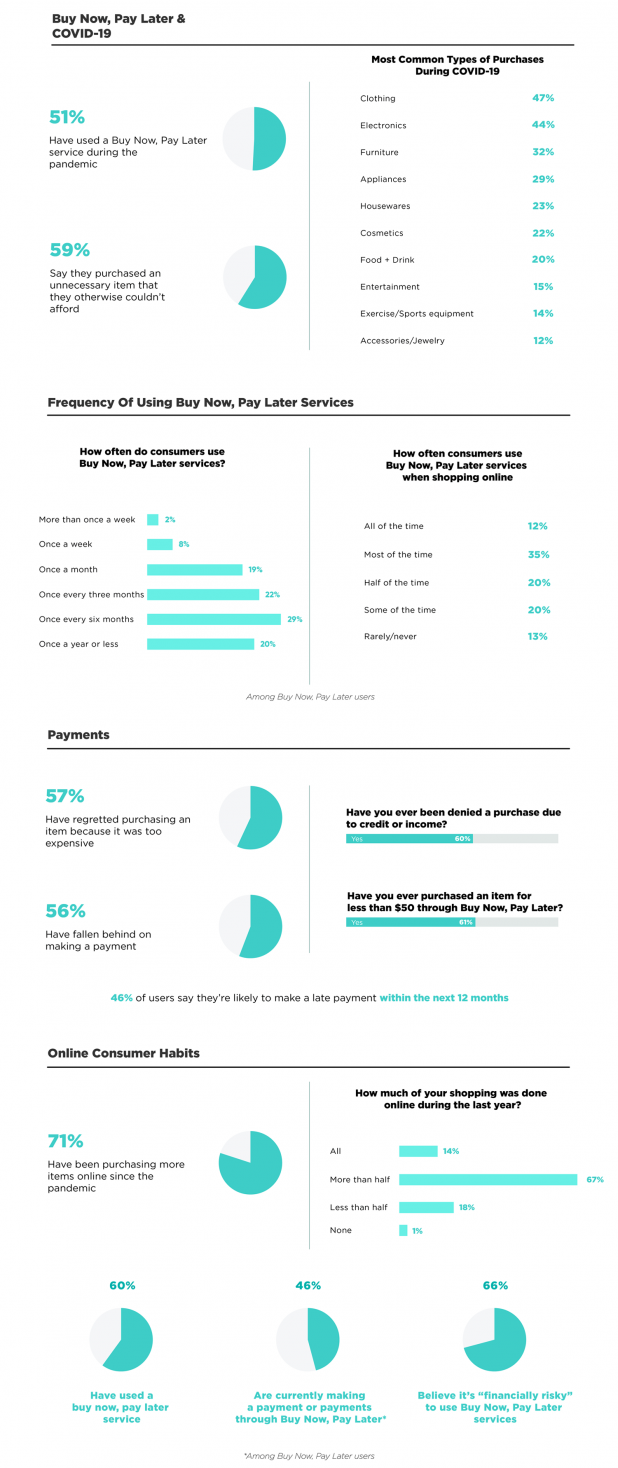Automating the Future: Building Hyper-Scalable Solutions for All Business Sizes
Becoming hyper-scalable has become the holy grail of efficiency in the business world. Companies seeking to develop industry-leading agility are constantly seeking ways to streamline and expand the scaling process, and the ones that find those solutions gain an...

Becoming hyper-scalable has become the holy grail of efficiency in the business world. Companies seeking to develop industry-leading agility are constantly seeking ways to streamline and expand the scaling process, and the ones that find those solutions gain an undeniable competitive edge.
Leveraging automation is one of the keys to achieving hyper-scalability. Resource-intensive scaling strategies will fail to improve profitability, but automation allows businesses to develop implementation processes that deliver maximum impact with minimal effort and cost.
The emergence of hyper-scalability solutions
Scalability is not a new pursuit. Businesses in every industry are constantly looking for ways to scale their operations to meet growing consumer demands. The goal of scalability is handling growth efficiently.
Hyper-scalability seeks to scale on an exponential level and with minimal cost increases. Digitization has been a primary driver in the emergence and pursuit of hyper-scalability.
Automation plays a crucial role in hyper-scalable solutions due to their highly complex nature. For example, hyper-scale systems typically leverage cloud-based resources. Scaling automatically empowers businesses to avoid over-provisioning, which increases operational and cost efficiencies.
Driving hyper-scalability with automation
Automation supports hyper-scaling in several ways, including empowering efficient resource management. To achieve hyper-scalability, systems must adapt effortlessly to fluctuations in demand because manual systems can’t provide the speed or reliability needed to adapt at that level.
Automation also provides the resilience needed to support hyper-scalable systems. The demands placed on hyper-scale systems are massive, which means fluctuations can regularly involve significant spikes in system activity. Automation allows systems to respond dynamically, allocating and provisioning bandwidth, server capabilities, and storage space in a way that provides stable and reliable service even when overloads or failures are experienced.
Continuous integration and continuous delivery (CI/CD) is one methodology that can support automation in hyper-scale strategies. The reliability of digital systems is a critical component of hyper-scaling, as even minor issues can impact a huge user base. CI/CD employs automated testing through the integration and delivery pipeline to ensure upgrades do not negatively affect existing functionality. Ongoing testing, which typically involves smaller deployments, also reduces risk by minimizing the impact of failures.
The CI/CD pipeline can be integrated into hyper-scale systems’ automation strategies. Deployment can happen in real time as needed, without the need for human involvement or the risk of delays or mistakes manual systems can introduce. CI/CD can also support canary deployment strategies, limiting unintended or unforeseen consequences from code updates to a limited number of users.
Providing security for hyper-scalable solutions
Achieving hyper-scalability also requires addressing the additional security concerns it creates. The increased complexity introduced by hyper-scalability is one factor that challenges security controls since scaling systems increases their attack surface. If additional components are introduced, the potential vulnerabilities of those components must be considered and addressed.
As systems scale, the risk of misconfigurations, which have the potential to introduce vulnerabilities, increases. Recent studies show that misconfigurations provide the attack vector in 11 percent of attacks on cloud infrastructures.
Automations help to reduce risks primarily by removing the human element from the security equation. Human error has been shown to play a role in 74 percent of cybersecurity breaches. Common security processes, such as adjusting scaling limits and installing security patches, can be automated to ensure accuracy and timeliness.
Automation empowered by Infrastructure as Code (IaC) can also reduce security risks. IaC defines provisioning and deployment via coding, eliminating the need for manual configuration. This streamlines the process of adjusting resource capabilities and reduces the risks that can arise when those adjustments are managed manually. IaC also works to establish a zero-trust environment by managing security and critical updates automatically.
Systems that employ automation are also less vulnerable to social engineering schemes, which play a role in approximately 90 percent of cyber attacks. Automating processes reduces the need for human involvement. With fewer authorizations needed to manage systems, bad actors have fewer viable targets for phishing and other social engineering schemes.
Businesses seeking a competitive edge can find it in hyper-scalability. Leveraging automation puts that competitive edge within reach for businesses of any size. As businesses tap into the agility and flexibility hyper-scaling provides, they become better at thriving in today’s fast-paced and ever-evolving marketplace.

 Astrong
Astrong 































